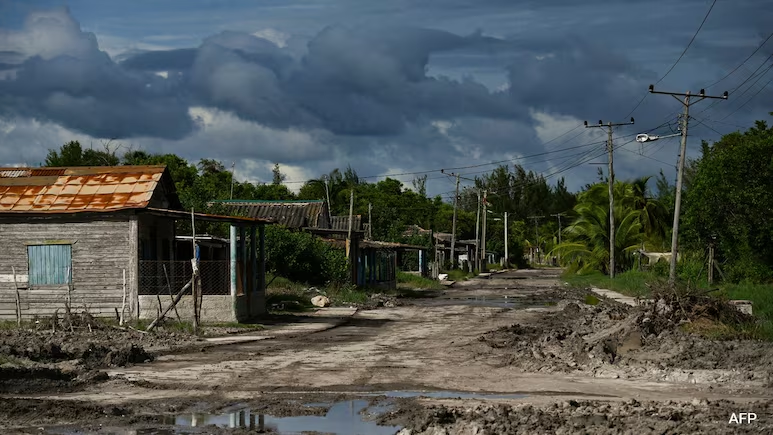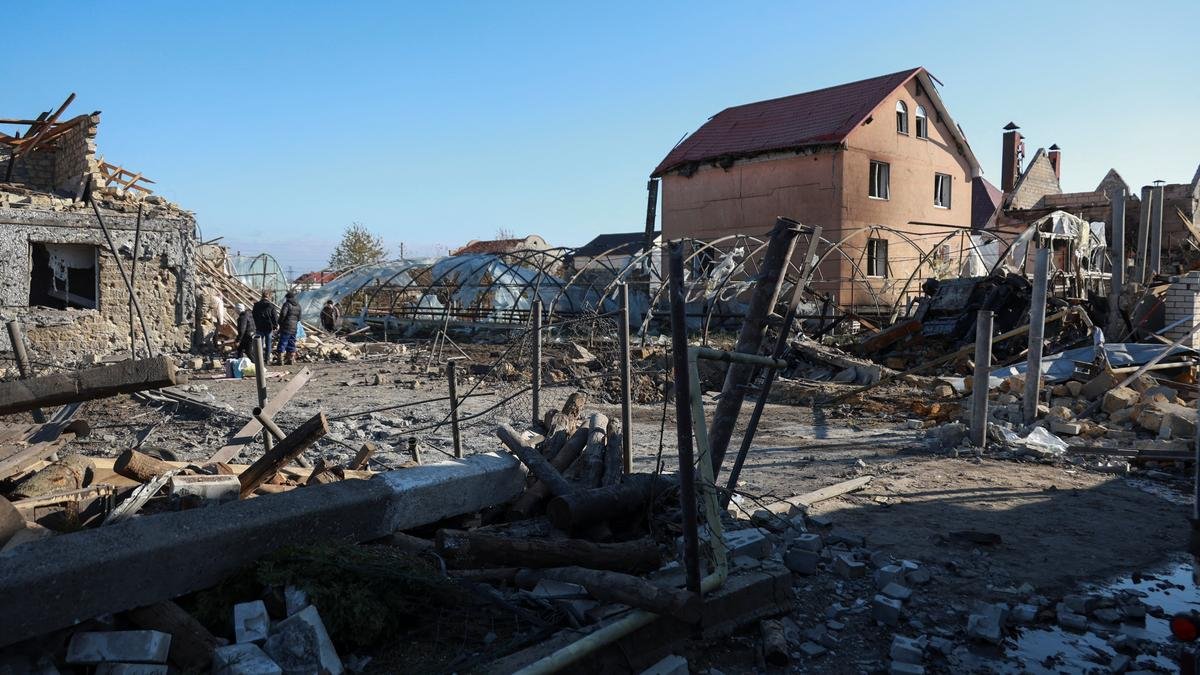Hurricane Rafael Barrels Through Cayman Islands

The Cayman Islands in the Caribbean are currently being affected by Hurricane Rafael, which is expected to strengthen quickly before reaching western Cuba, as reported by the U.S. National Hurricane Center.
Rafael, with a maximum sustained wind speed of 80 mph (130 kph), had just passed western Jamaica by mid-day. The hurricane was positioned approximately 60 miles (95 km) northeast of Grand Cayman, as per the most recent update from the NHC.
Authorities have confirmed that in Jamaica, residents took shelter as four emergency shelters were put into operation. Fortunately, there were no casualties or injuries despite the island being hit by intense rainfall.
The government announced that, while Rafael was heading towards the Cayman Islands, the British territory was making its own arrangements and getting ready for potential impacts on infrastructure, power lines, and water systems.
Juliana O’Connor-Connolly, the Premier, informed Radio Cayman that schools would not reopen on Wednesday.
According to the NHC, Rafael may temporarily lose strength while passing over Cuba, but it is anticipated to reemerge in the southeastern Gulf of Mexico as a hurricane.
In Cuba, authorities promptly undertook the task of gathering waste and unclogging drains, with a special focus on the capital city of Havana located at the island’s western tip, as reported by the state media outlet Granma.
Last month, Cuba experienced a breakdown in its energy grid, making the recovery process more challenging due to the impact of Hurricane Oscar. The restoration of power would face additional obstacles in the event of another storm hitting the region.
Tropical storm conditions may potentially reach the Florida Keys after crossing Cuba, as indicated by the forecast from the NHC.
As hurricane Rafael approached, oil and gas producers took preemptive measures by halting U.S. Gulf of Mexico operations and evacuating workers from platforms. Researchers estimated that production could see a decrease ranging from 3.1 million to 4.9 million barrels of oil and 4.56 billion to 6.39 billion cubic feet of natural gas.














